The future is wireless. The vast majority of today's technology giants follow this exact motto, which we can see on a number of devices. Nowadays, for example, wireless headphones, keyboards, mice, speakers and others are quite commonly available. Of course, wireless charging using the Qi standard, which uses electrical induction, is also a trend today. In such a case, however, it is necessary, for example, to place the phone being charged directly on the charging pad, which raises the question of whether it is "wireless" charging rather than wireless charging. But what if a revolution in this area comes soon?
It could be interest you
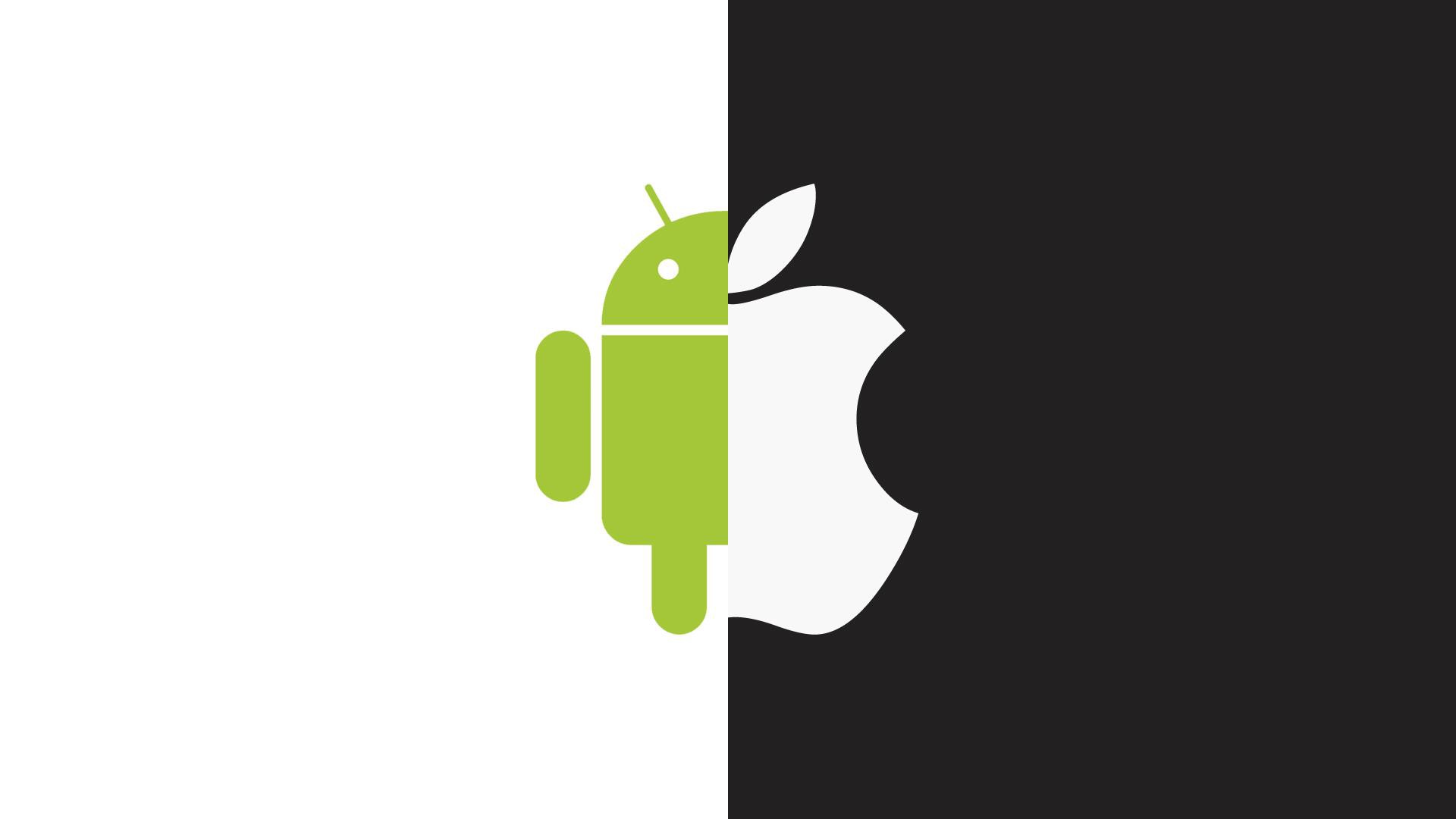
Previously, especially in 2016, there was often talk of Apple developing its own standard for wireless charging that could work even better than Qi. Some reports at the time even talked about the fact that the development is so good that a similar gadget will come already in 2017. And as it turned out in the finale, that was not the case at all. On the contrary, this year (2017) Apple for the first time bet on supporting wireless charging according to the Qi standard, which competing manufacturers have already been offering for some time. Although earlier theories and speculations were supported by various patents, the question remains whether the apple-growing community didn't get a little carried away and start fantasizing.
In 2017, among other things, the AirPower wireless charger was introduced, which was supposed to flawlessly charge all your Apple devices, i.e. iPhone, Apple Watch and AirPods, regardless of where you place them on the mat. But as we all know, the AirPower charger never saw the light of day and Apple stopped its development due to insufficient quality. Despite this, the world of wireless charging may not be the worst. During last year, the rival giant Xiaomi introduced a light revolution - Xiaomi Mi Air Charge. Specifically, it is a wireless charging station (relatively large in size) that can easily charge several devices in the room with air. But there is a catch. The output power is limited to just 5W and the product is still not available as only the technology itself has been revealed. By doing so, Xiaomi only says that it is working on something similar. Nothing more.
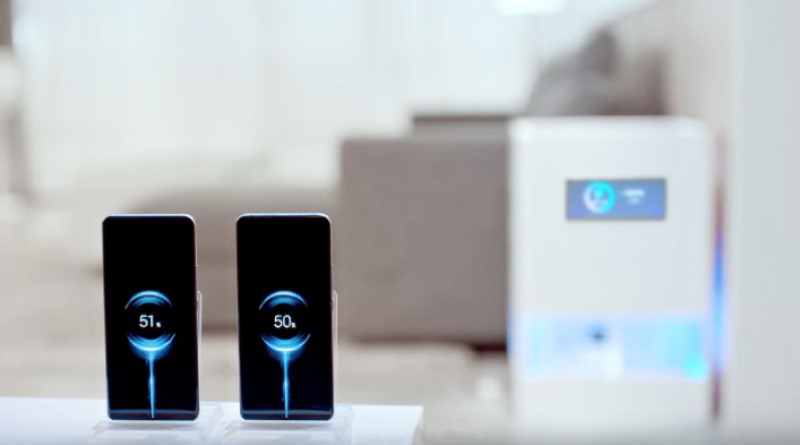
Wireless charging issues
Wireless charging generally suffers from major problems in the form of power losses. There is nothing to be surprised about. While in the case of using a cable, energy "flows" directly from the wall to the phone, with wireless chargers it must first pass through the plastic body, the small space between the charger and the phone, and then through the glass back. When we also deviate from the Qi standard to air supply, it is clear to us that the losses can be catastrophic. Given that problem, it's quite logical that something similar can't (yet) be used to charge today's traditional products like phones and laptops. But this does not necessarily apply to smaller pieces.
It could be interest you
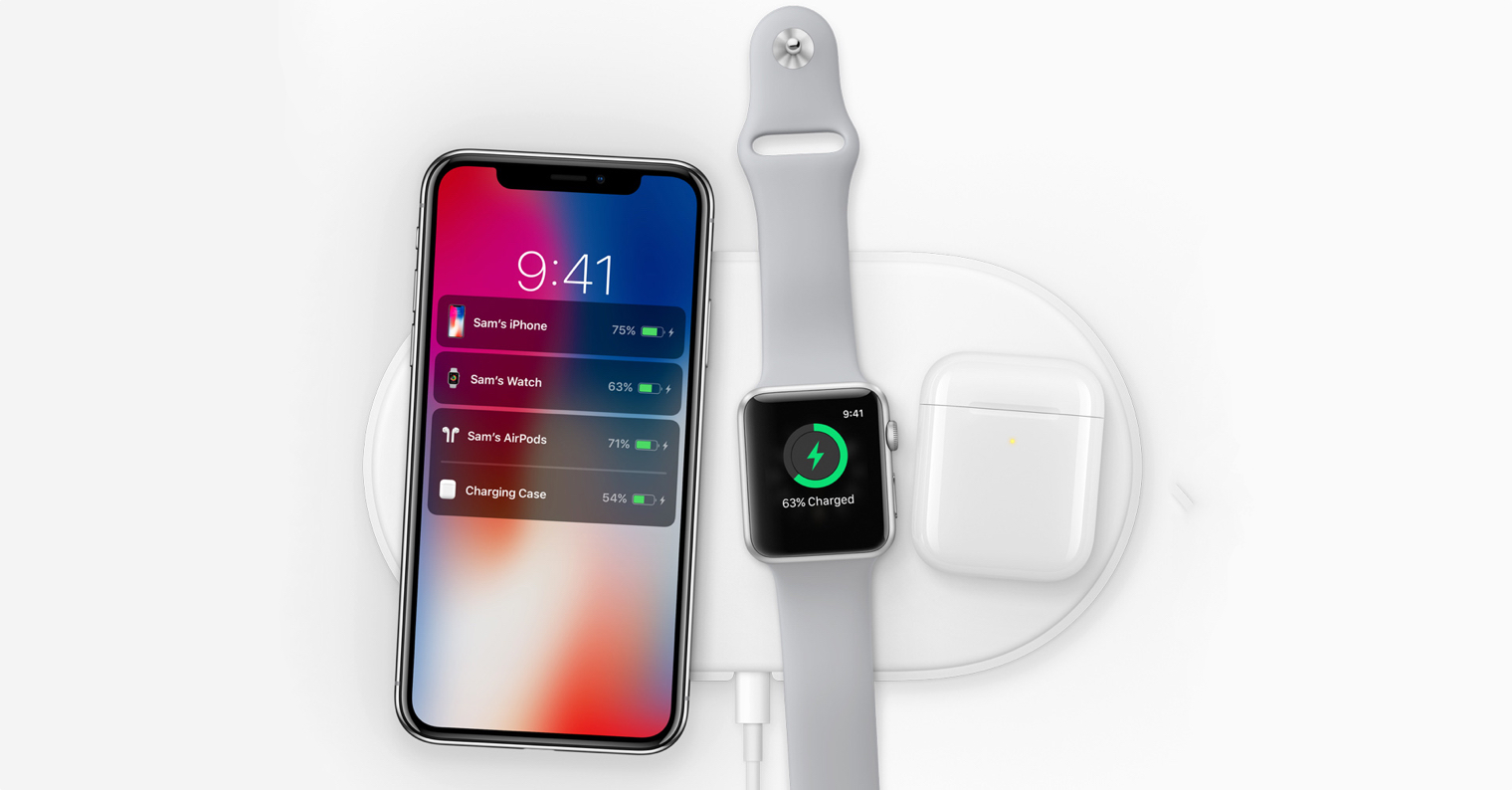
Samsung as a pioneer
On the occasion of this year's annual technology fair, the well-known giant Samsung made itself heard, presenting a new remote control called Eco Remote. Its predecessor was already quite interesting, thanks to the implementation of a solar panel for recharging. The new version takes this trend even further. Samsung promises that the controller can charge itself by receiving waves from a Wi-Fi signal. In this case, the controller will "collect" radio waves from the router and convert them into energy. In addition, the South Korean giant will not have to worry about approving the technology, as it will simply reach for something that everyone has in their homes - a Wi-Fi signal.

Although it would be great if, for example, phones could be charged in a similar way, we are still some time behind something similar. Even now, however, we would find a product in the offer of the Cupertino giant that could theoretically bet on the same tactics. Users began to speculate whether the AirTag location pendant would not be capable of something similar. The latter is currently powered by a button cell battery.
The future of wireless charging
At the moment, it may seem that there are absolutely no news in the field of (wireless) charging. But the opposite is probably true. It is already clear that the aforementioned giant Xiaomi is working on a revolutionary solution, while Motorola, which is developing something similar, has joined the discussion. At the same time, the news that Apple is still working on the development of the AirPower charger, or that it is trying to modify and improve it in various ways, flies through the Internet from time to time. Of course, we cannot be practically anything, but with a little optimism we can assume that in the next few years a solution could finally come, the benefits of which will completely overshadow all the shortcomings of wireless charging in general.
It could be interest you
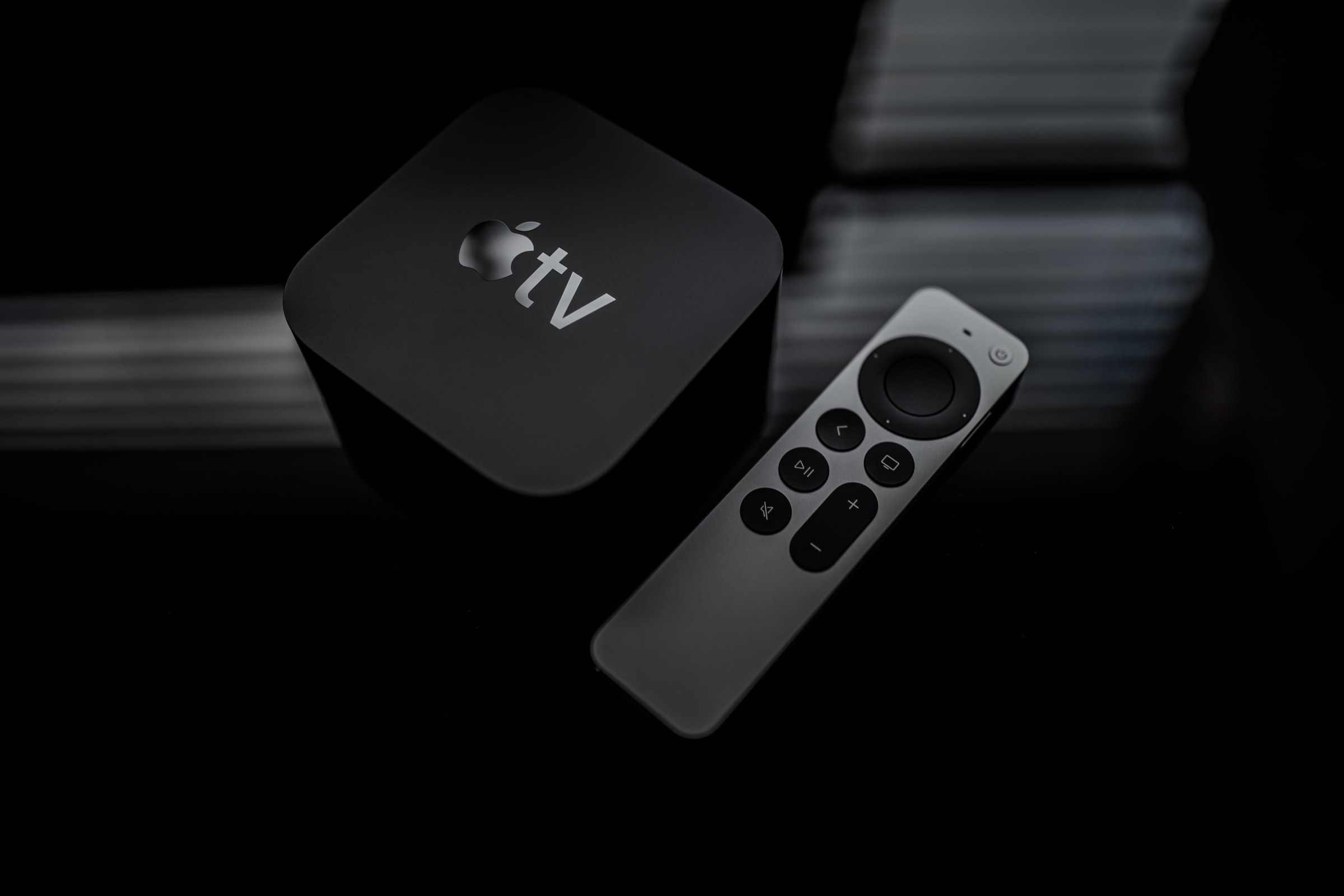
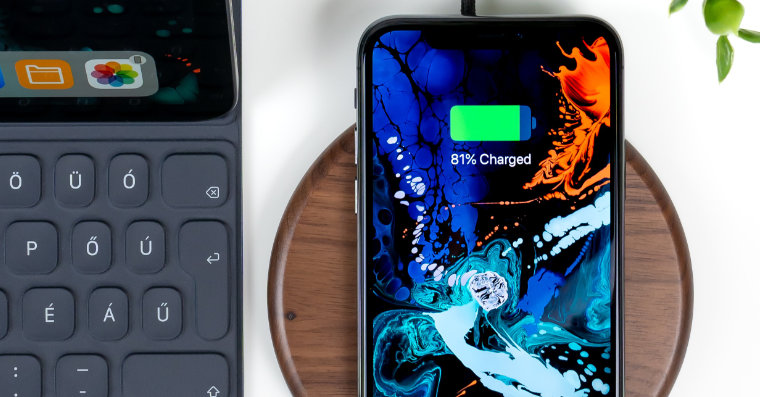
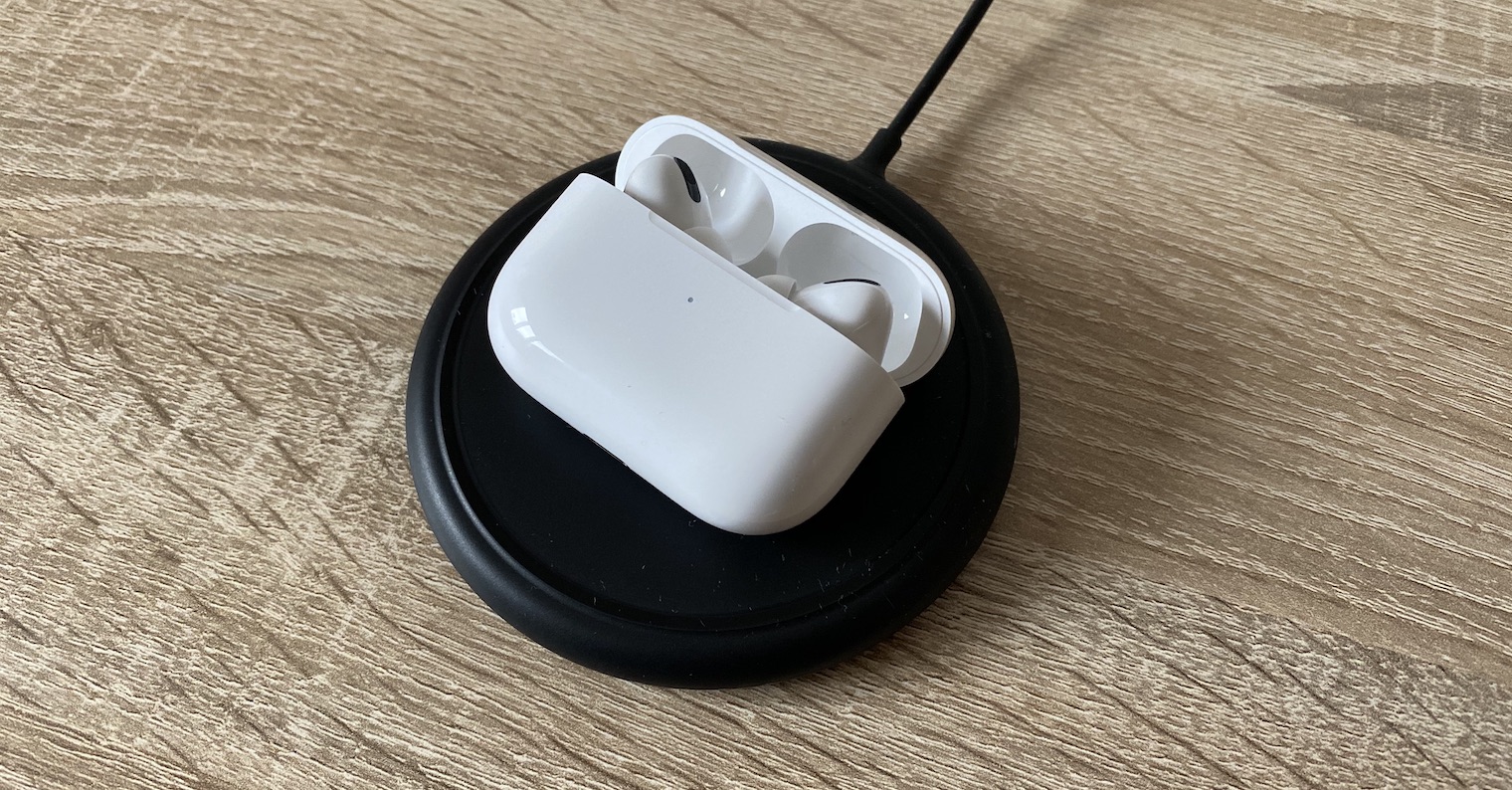
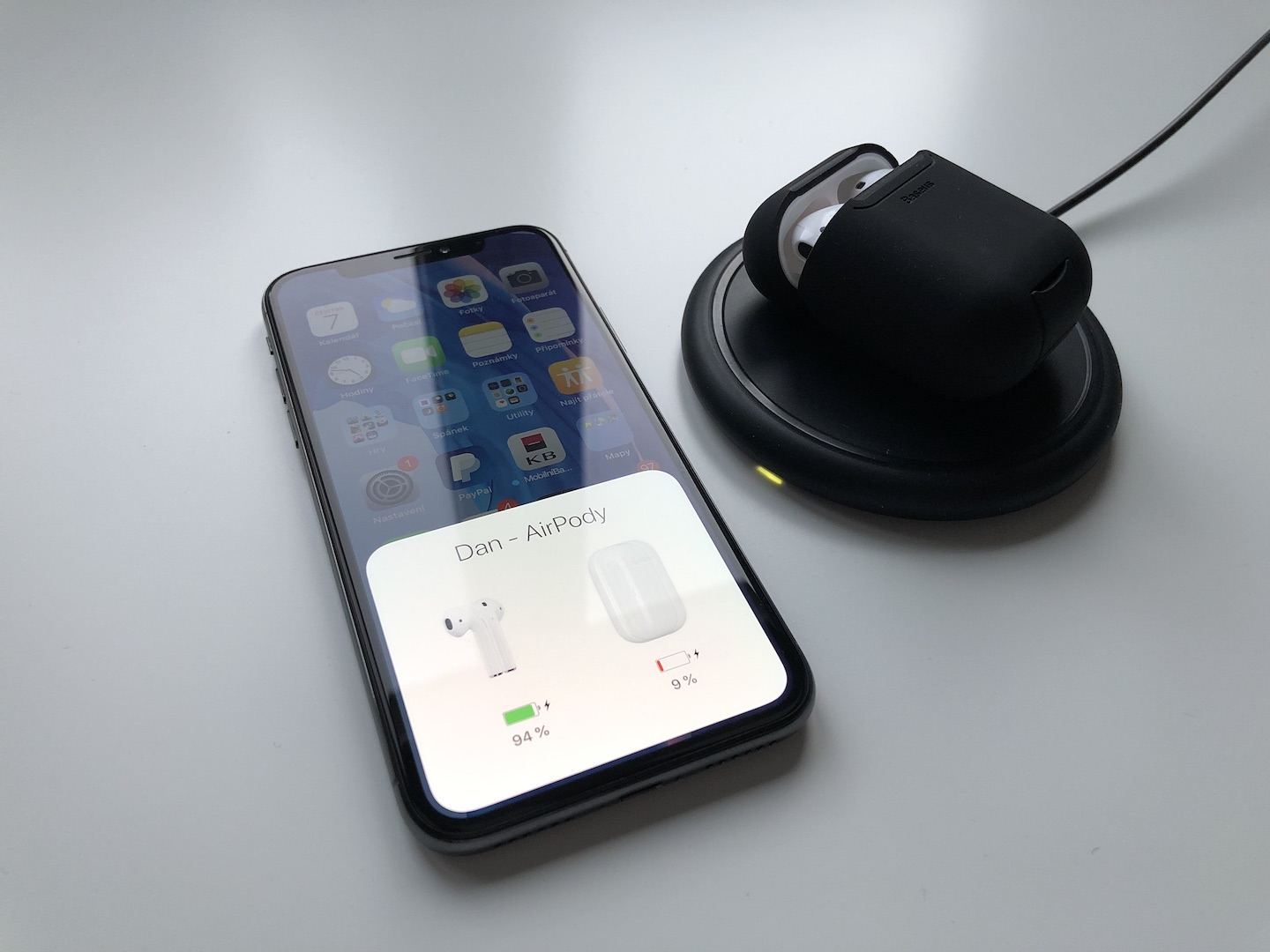

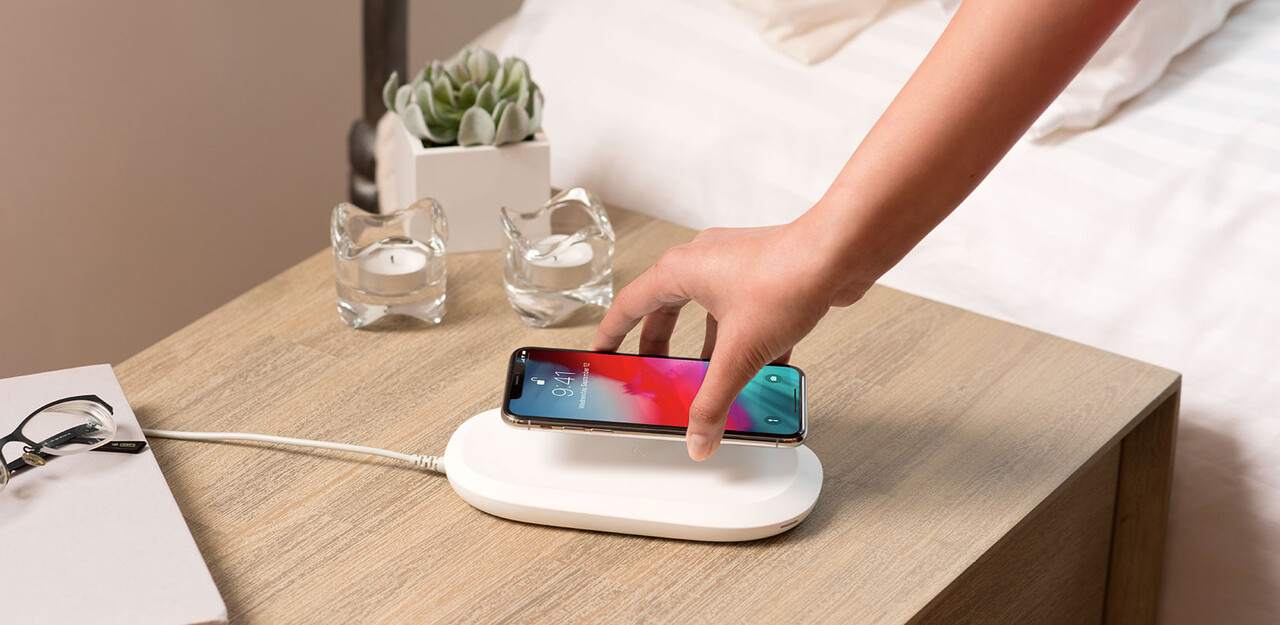
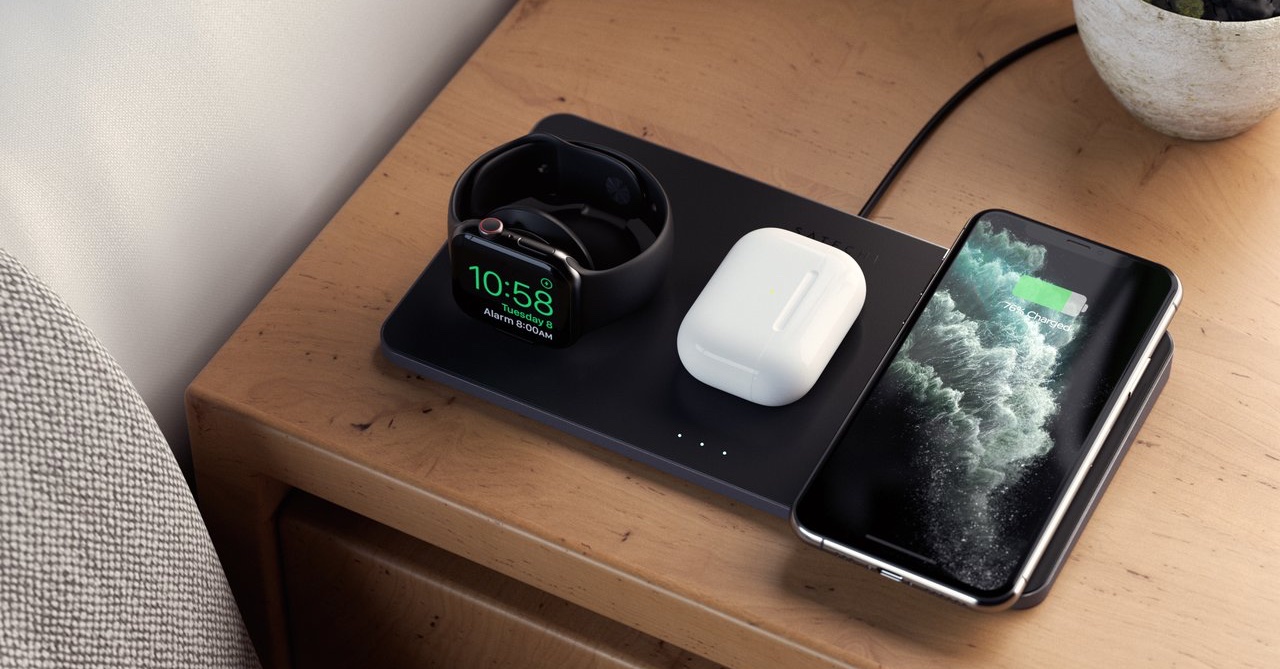
 Adam Kos
Adam Kos